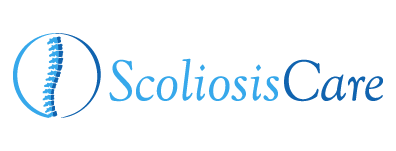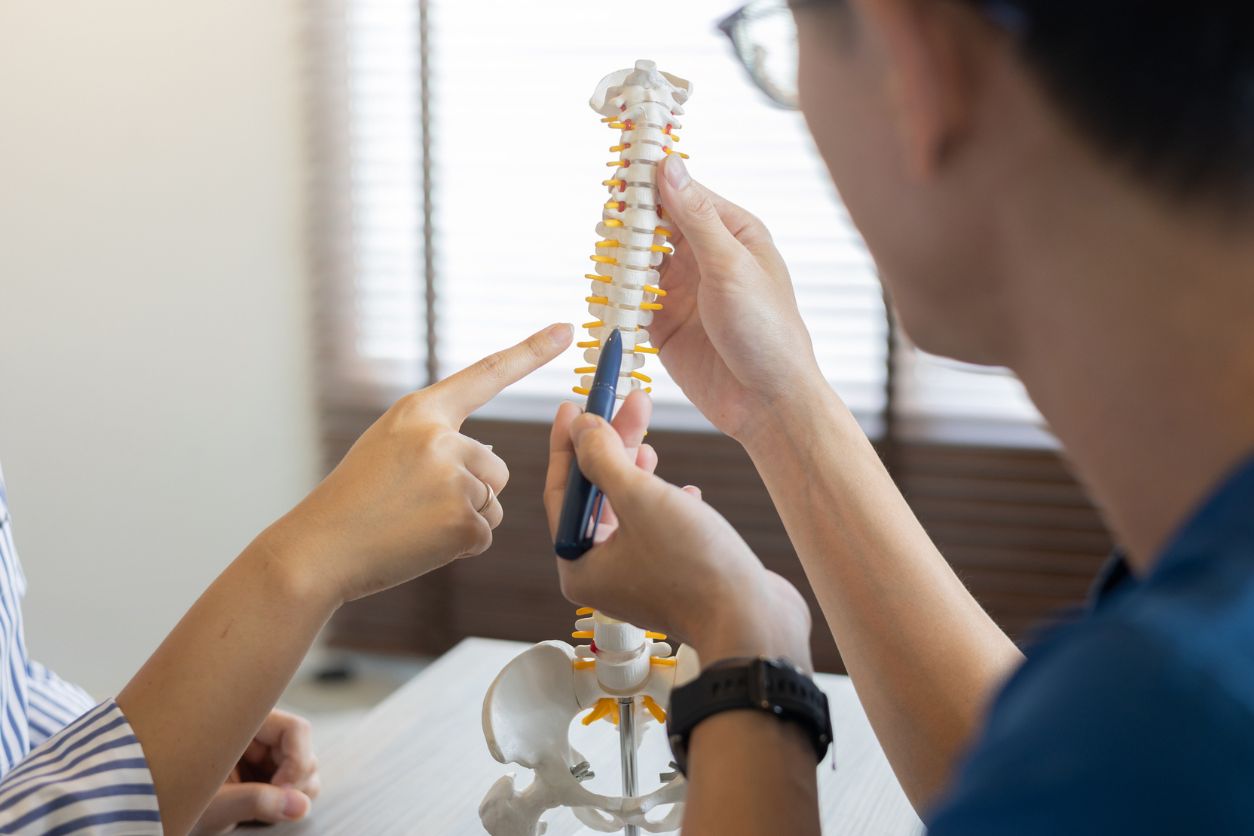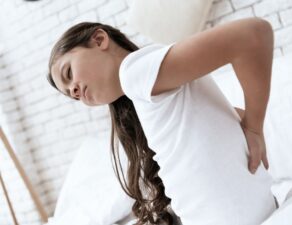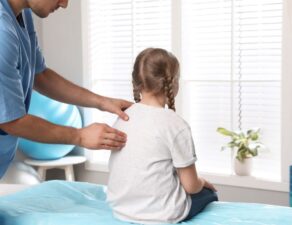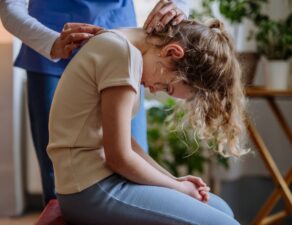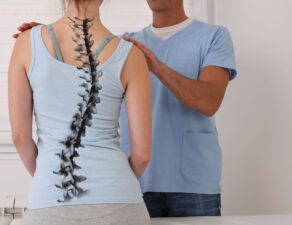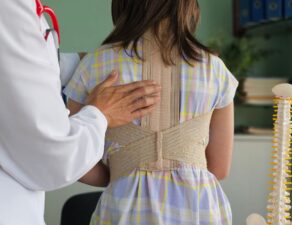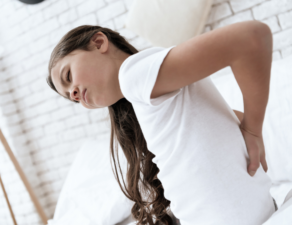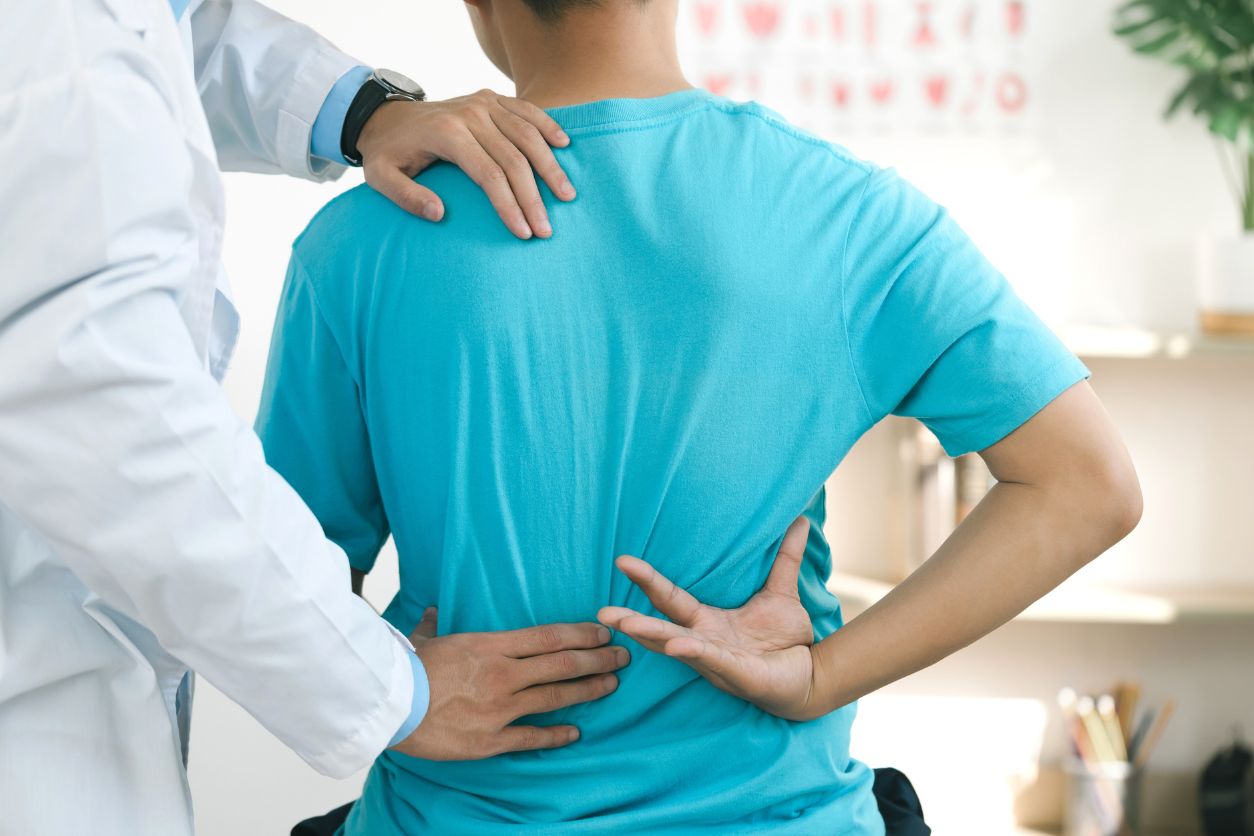
When it comes to spinal conditions, it’s easy to get terms like scoliosis vs kyphosis vs lordosis confused. Each involves a change in the shape or alignment of the spine, but in different directions and for different reasons. Dr. David Siambanes helps patients of all ages manage spinal curves, whether they’re dealing with scoliosis, kyphosis, lordosis, or a combination.
What Is Scoliosis?
Scoliosis is a sideways curvature of the spine. Instead of running straight down the center of the back, a spine with scoliosis curves in a C- or S-shape when viewed from behind. This curve can be mild, moderate, or severe, and may progress over time, especially in children and teens who are still growing.
Signs of Scoliosis
- Uneven shoulders or hips
- One shoulder blade sticking out more than the other
- A noticeable curve in the spine
- Clothing that fits unevenly
- Leaning slightly to one side
Scoliosis can be idiopathic (with no known cause), congenital (present at birth), or neuromuscular (linked to conditions like cerebral palsy or muscular dystrophy). It’s often first noticed in adolescence, but adults can also develop scoliosis due to spinal degeneration over time.
Treatment depends on the degree of curvature and may include observation, bracing, physical therapy, or surgery.
What Is Kyphosis?
Kyphosis refers to an exaggerated forward rounding of the upper spine, leading to a hunched or rounded upper back. While some degree of curvature in the thoracic spine is normal, kyphosis is diagnosed when the curvature exceeds about 50 degrees.
Types of Kyphosis
- Postural kyphosis: Common in teens, caused by poor posture and muscle weakness. Often correctable with physical therapy.
- Scheuermann’s kyphosis: A structural condition seen in adolescents, caused by wedge-shaped vertebrae that create a rigid curve.
- Congenital kyphosis: Present at birth due to improper development of the spine.
- Age-related or degenerative kyphosis: Occurs in older adults, often due to compression fractures, osteoporosis, or spinal arthritis.
Symptoms of Kyphosis
- Rounded or hunched upper back
- Back pain or stiffness
- Fatigue after prolonged standing
- In severe cases, difficulty breathing due to lung compression
Treatment depends on the type and severity of the curve. Mild cases may benefit from posture training or physical therapy, while severe cases may require surgical correction.
What Is Lordosis?
Lordosis is the opposite of kyphosis. It refers to an excessive inward curvature of the spine, typically in the lumbar (lower back) region. This condition is sometimes called swayback and may be visible as a pronounced arch in the lower back.
While everyone has a natural inward curve in the lumbar spine, lordosis is diagnosed when that curve is too deep, often causing discomfort or postural problems.
Causes of Lordosis
- Obesity
- Pregnancy
- Muscle imbalances (especially weak core or tight hip flexors)
- Spondylolisthesis (a spinal condition where one vertebra slips over another)
- Congenital spine conditions
Symptoms of Lordosis
- Lower back pain or stiffness
- A noticeable arch in the lower back
- Muscle tightness in the lower back or hips
- Difficulty lying flat on the back
Treatment often includes physical therapy focused on core strengthening and posture correction. In rare cases, bracing or surgery may be needed if the curve is severe and causing complications.
Scoliosis vs Kyphosis vs Lordosis
|
Feature
|
Scoliosis
|
Kyphosis
|
Lordosis
|
|---|---|---|---|
| Direction of Curve | Sideways (left or right) | Forward (outward) | Inward |
| Most Common Location | Middle back (thoracic spine), but can affect lumbar or cervical | Upper back (thoracic spine) | Lower back (lumbar spine) |
| Common Appearance | S- or C-shaped spine, uneven shoulders/hips | Rounded/hunched upper back | Exaggerated inward curve in lower back (swayback) |
| Typical Causes | Idiopathic, congenital, neuromuscular, degenerative | Poor posture, Scheuermann’s disease, aging | Obesity, posture issues, muscular imbalances, spinal defects |
| Symptoms | Uneven posture, back pain, fatigue, visible curve | Rounded back, pain, stiffness, fatigue | Lower back pain, tightness, noticeable arch |
| Treatment | Observation, bracing, physical therapy, surgery | Physical therapy, bracing, posture correction, surgery (if severe) | Core strengthening, posture correction, surgery (if severe) |
Treatment for Spinal Curvatures in Tampa Bay
Dr. David Siambanes brings decades of experience in treating spinal conditions in children, teens, and adults in the Tampa Bay area. Every evaluation includes:
- Detailed physical exams
- Standing spinal X-rays to assess curves in all planes
- Discussion of symptoms and how the condition affects daily life
- A tailored treatment plan based on curve severity, patient age, and long-term goals
Whether you’re dealing with scoliosis, kyphosis, lordosis, or some combination, Dr. Siambanes offers expert care with a personalized approach.
Schedule a Consultation
If you’ve noticed changes in posture, back pain, or other signs of a spinal curve, don’t wait to get evaluated. Whether you think it’s from scoliosis vs kyphosis vs lordosis, the earlier these conditions are diagnosed, the more treatment options are available and the better the long-term outcomes.
Schedule your consultation with Dr. Siambanes today and let us help you better understand your spine and what it needs to stay strong, straight, and supported.
